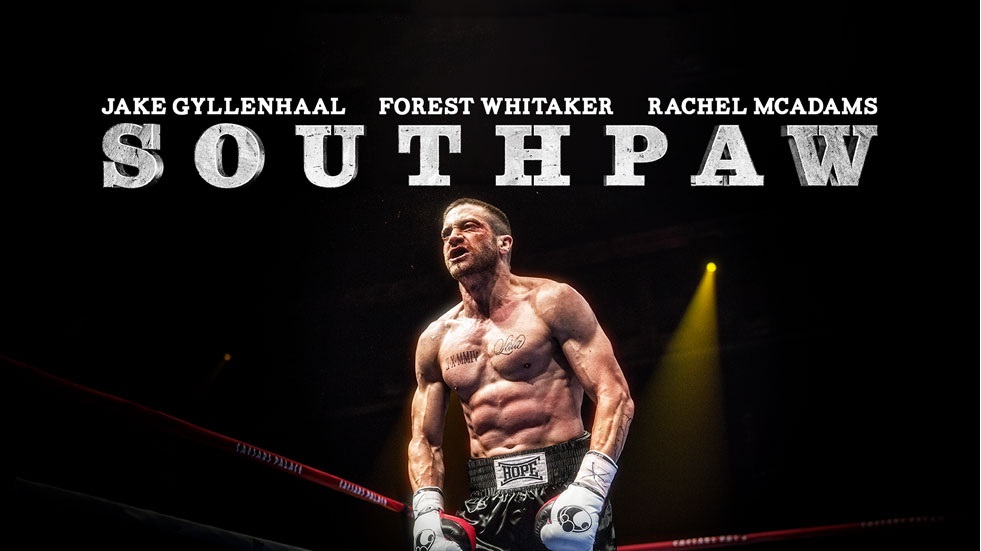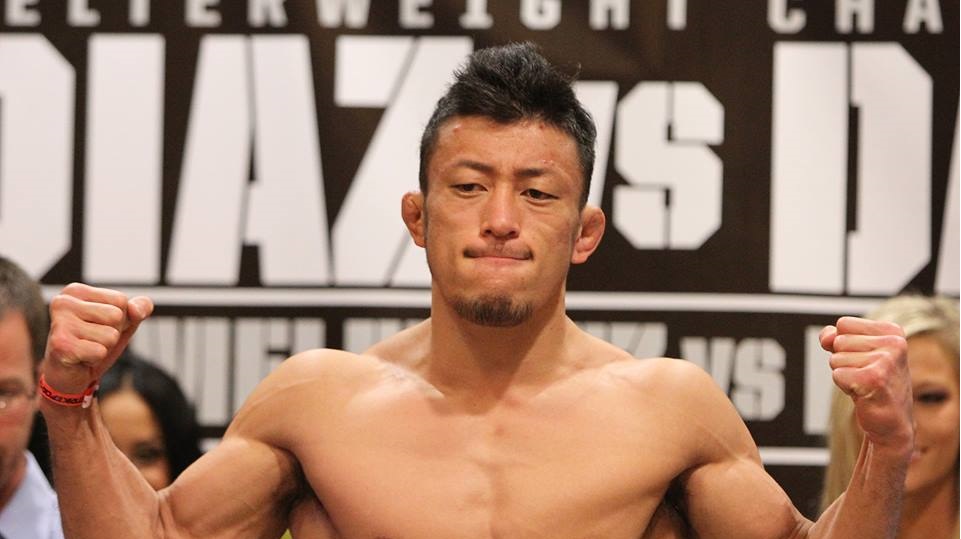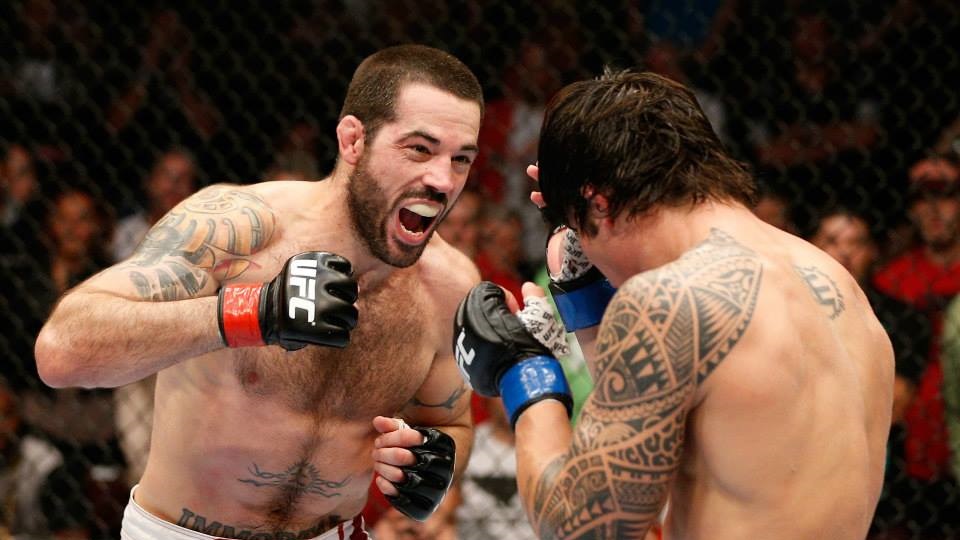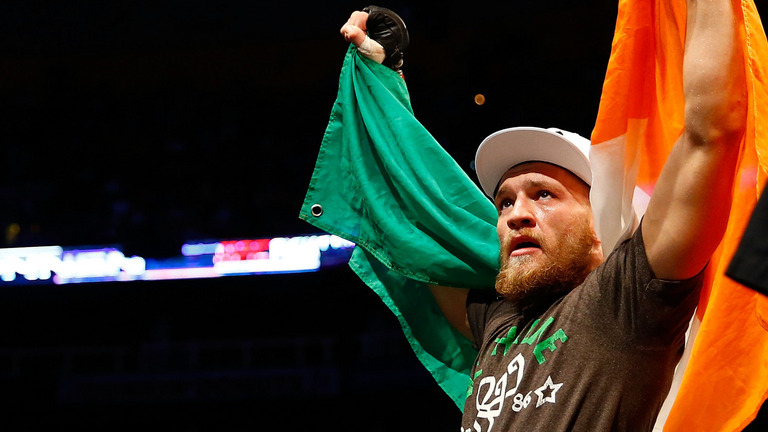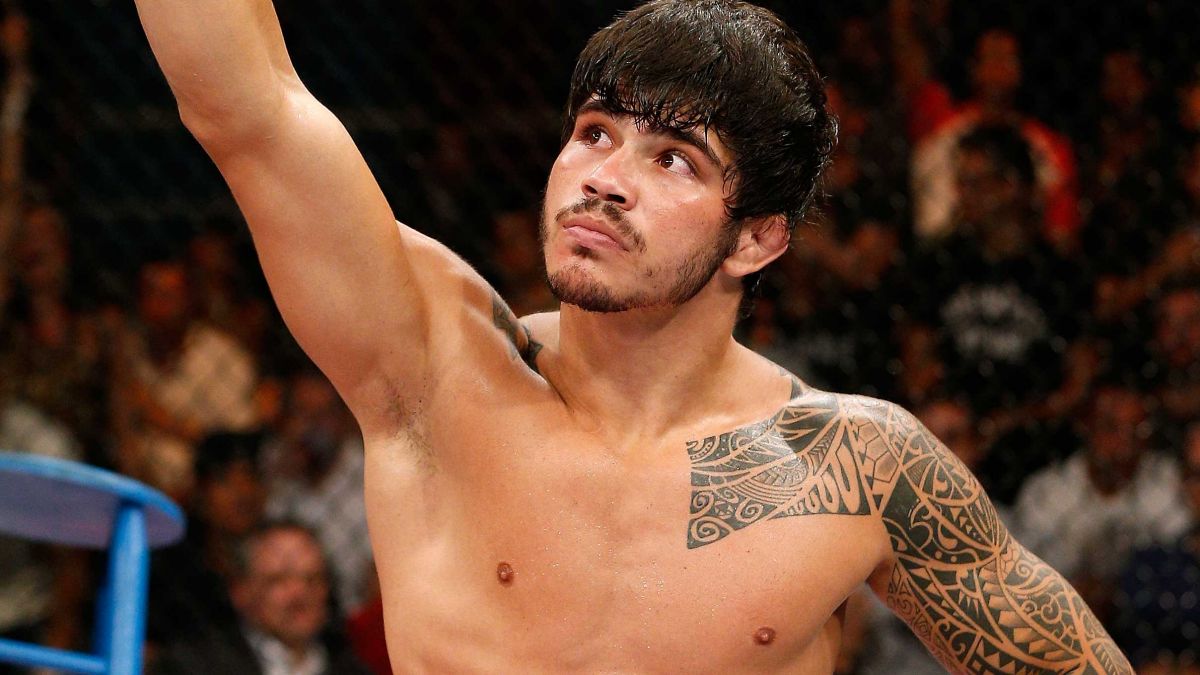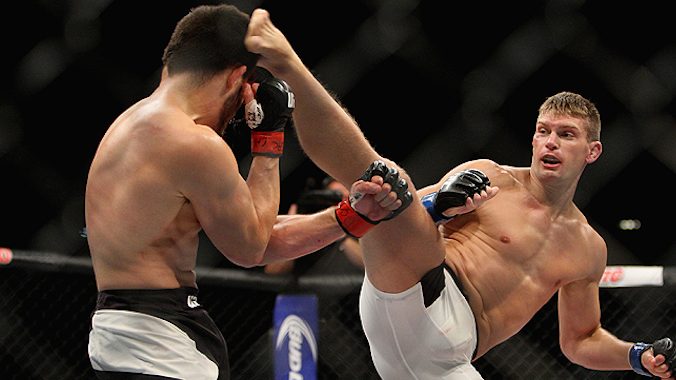
Well damn. That was some kick huh?
I have to be honest with you here: I didn’t even know this event was happening. I was in post UFC 189 euphoria and was in no hurry to tax my body like that again but I managed to catch the main event.
It was worth it.
For some reason Jake Ellenberger was ranked higher than Stephen “Wonderboy” Thompson. Certainly Ellenberger had better wins on his record but was in the midst of a 1-3 skid where his only win was over a “should be retired Josh Koscheck”. Wonderboy meanwhile was 5-1 with three knockouts and his only loss came from a gritty back and forth battle with Cincinnati’s own Matt Brown (HYPE!).
At six feet tall, a disproportionate amount of Thompson’s height is in his legs. Similar to Jon Jones, Thompson uses this length to deliver punishing kicks at ranges where opponents cannot effectively retaliate. As a karateka however Thompson has taken a page out of Lyoto Machida’s book by baiting his opponents forward into straight punches as they step forward with devastating results.
Both Chris Clements and Robert Whittaker found themselves on the losing end of straight punches for knockouts while Patrick Cote, veteran as he is, couldn’t find a way past Thompson’s length.
Here’s a perfect example of Wonderboy using his length against Ellenberger.
Ellenberger tries to close the distance with his right hand close to his chin to prevent a left hook only to eat a ramrod straight that forces him to reset.
Then Ellenberger surprised me by picking the perfect counter for the straight punch: preemptive head movement. Ellenberger leans back at the waist and allows Thompson’s favored counter, the straight left, to whiff and closes the distances. Thompson switches stances with a step back and tries to throw a jab but Ellenberger, knowing his opponent’s best punches are coming from his left hand, slips to his own left and begins swinging. Without his range advantage, Thompson gives up the edge in hand speed and power to Ellenberger who drops him with a square right hook.
Thompson quickly clinched Ellenberger up and did some work with dirty boxing. Ellenberger also took a glancing blow to the eye which clearly bothered him. But we’re not here to talk about the small amounts of damage that accumulated over the course of the first round, we’re here to talk about THIS:
The praise being heaped upon Thompson is well deserved but the question is why did the kick connect? Spinning kicks carry devastating power and almost always make the highlight reel but have some serious drawbacks. They take longer to reach their target than a standard kick, they are harder to land accurately, it is very easy to telegraph, the opponent has more time to react and at some point the fighter’s back will be turned to their opponent.
So why did Wonderboy connect with this kick so cleanly? Here’s the previous gif slowed down even further. Look closely at Ellenberger’s hands.
Despite his success at slipping and cracking Wonderboy in a previous exchange Ellenberger had still eaten some troublesome punches from Thompson’s left hand. As a result when Thompson feints ever so slightly with his left Ellenberger reacts immediately by trying to parry the blow with his right hand.
Upon realizing it is a kick he tries to set up the proper guard but his right hand can’t get there in time.
Legs are much more muscular, heavier, and harder than the arms. Simply putting a hand up like one would against a punch is inadequate (as Robbie Lawler found out yesterday). So the proper technique for blocking head kicks is to have the forearm up high with the other hand coming across as a “guide” to palm the kick and soften the impact before it reaches the forearm. The arm Ellenberger needed to have by his head was almost at his bellybutton by the time Thompson was already halfway turned. As a result his guide hand was in the proper position while his right forearm (the primary blocker) was still at his chest when the kick connected.
The second hook kick that produced the knockout had less to do with a set up and more to do with Ellenberger being so badly hurt that he couldn’t react. It’s not as beautiful as the first, but I’ll show it anyway you bloodthirsty animals.
While the hook kick will dominate every highlight reel it’s important to remember the set up. The reason spinning kicks have such a low connection rate is that fighters throw it without first trying to mitigate the numerous aforementioned drawbacks. Most of the time it misses, gets blocked or the fighter gets taken down while the crowd’s momentarily jubilation quickly turns to disappointment.
With a proper set up however, the results speak for themselves.












